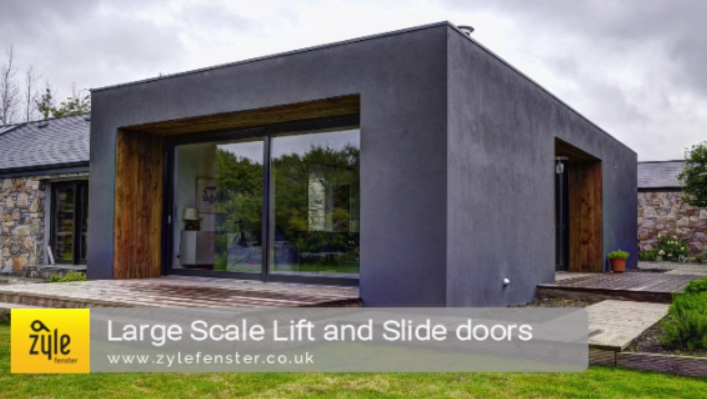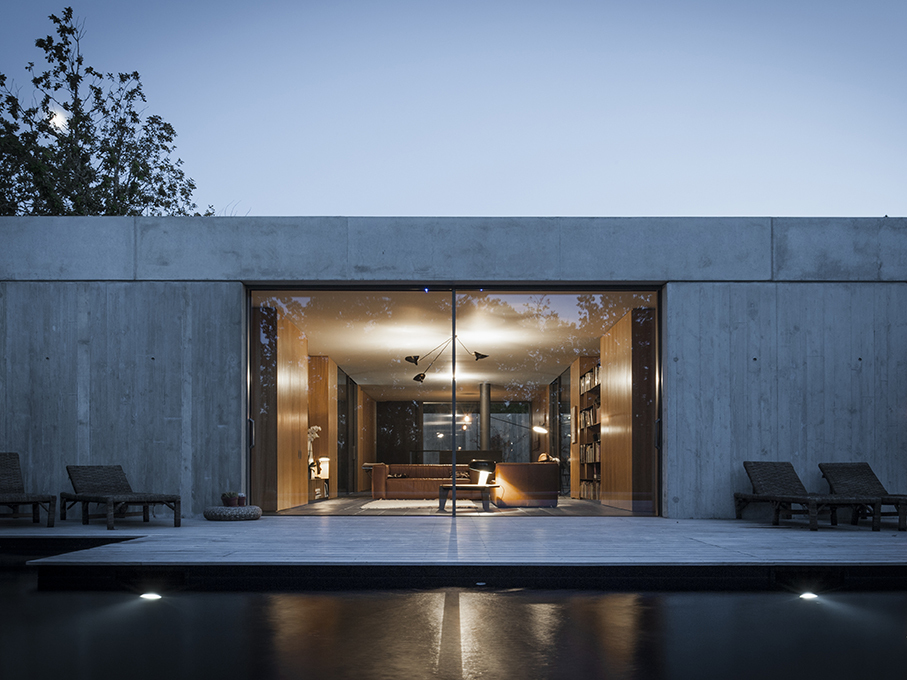Discerning consumers today have developed a somewhat wise suspicion of the incessant updating of existing products. We are told that our razors need 5 blades now, four just won’t suffice. Toothbrushes are relentlessly updated to reach the parts that your antiquated yard brush has been neglecting for years, and that’s without mentioning the calculated drip feeding of tech updates by device manufacturers. We are motivated to believe that we always need the next new thing, lest the Joneses be mocking us whilst they silently mow down our cat in their electric car! It may seem on the face of it that the window industry’s insistence that double glazing is yesterday’s news is yet another example of commercial hoodwinkery, but is it? What exactly does triple glazing bring to the table?
A tale of U-Values and G-Values.
Essentially the energy efficiency of windows comes down to two measureable factors. First is U-Value. This refers to the heat that is lost through any substance that makes up the shell of your home, it’s a standard applied to walls and roofs, as well as windows. Secondly we have G-Value, also known as solar gain. This refers to the amount of heat that is absorbed through the windows when the sun hits them.
U-Value
First let’s address the case of U-Value and its significance. When double glazed windows first hit the scene, they would have had a U-Value nearing 3. Modern manufacturing techniques have resulted in ubiquitous improvement in this and today you won’t find a double glazed window with a U-Value of more than 1.6. These improvements include –
- Improved design has removed conductive bridges, such as metal frame elements
- Increased cavity sizes between the glass panes
- Low-emissivity coatings (low-e) added to panes, reducing heat loss
- Inert gas injected into cavities
The up-shot of all this is that these days, high quality double glazed windows can achieve a U-Value of 1.1. This is of course, a great improvement, but when you take into consideration that modern regulations demand a value of 0.3 for walls, it is obvious that windows still represent a weak point in terms of heat retention. So what difference does another pane make? Well, Zyle Fenster UK produce a triple-glazed window, with low-e coatings on two of the three panes which results in a U-Value of 0.55. This is clearly a great improvement when it comes to heat retention. But where does G-Value come into it?
G-Value
G-Value, also known as solar gain, refers to the ability of the windows to absorb heat from external sunlight. As opposed to U-Value, G-Value is scored 0-1 with a higher score meaning more heat absorption. Triple glazing, through its extra thickness generally reduces this figure, leading some architects and builders to lament the loss of extra heat. Indeed the ultra-low energy PassivHaus standard requires a G-Value of no lower than 0.6 or 60%, which is achievable with triple glazing through using special glass which in turn worsens the U-Value. The question then becomes is this trade-off worth it, do we want some heat from the sunlight that hits our house, or do we want to retain the heat produced within? When I put this question to Paul of Zyle Fenster UK, he responded with the following – “Generally, in the UK at least, I don’t think people should be too worried about G-Value… During the summer, when there is enough heat in the sun to actually benefit the temperature of your house, this is precisely the time when you don’t need it. My advice is always to go for energy retention above heat absorption”.
So Should We Fork Out For It?
So it is clear that we can greatly improve the heat retention of our homes with triple glazing. We should of course ensure that the rest of our home is well enough insulated to make it worth it. Although often the cost differential is not that great in some cases, while the difference can between double and triple glazing in the UK can rise as high as 30%, Paul told us that it is only around 7% with Zyle Fenster UK, which would make it seem like a no-brainer, particularly for those building new modern homes. The bottom line is that double glazing can still suffice in many cases, but if you are doing a new-build, or have an otherwise well insulated home, then triple glazing is will ensure greater comfort and maybe, over time, you might save a bit on bills too.






